The greatest difficulty has been found in identifying the various logical terms that occur in our treatises; but a careful comparison with the extant Sanscrit sources and the Tibetan translation of some analogous passages, as in the case of the Jati-section of the Tarkasastra, has helped me very much in finding with certainty the original Sanscrit form that was the basis of the Chinese. Since these logical terms represent some of the greatest difficulties that one meets in the Buddhist philosophical texts preserved in Chinese, they have been collected and arranged in the Index I. Considering that they may be of a wider interest, inascuch as they are not concerned with mire logic, but also other two texts, viz., the Vigrahavyavartani and the Satasastra have been translated into English. If the Vigrahavyavartani has a great bearing upon the history of Indian logic, since it embodies the criticism of Nagarjuna relating to the theory of the Pramanas, the Satasastra, though it cannot be considered as a logical work, contains some references to the Nyayasutras, the importance of which is self-evident. Therefore, I have thought it to be useful to add here the complete translation of this work, which, though already translated by me in an Italian review, has been accessible only to a few scholars. Its importance cannot be sufficiently emphasized it is useless to say that these treatises also have been translated as literally as possible, so that the scholars who are interested with this same department of research, but do not know Chinese, may have an exact idea of the original. In defect of the Sanscrit which is lost, the Chinese is the only text at our disposal. The "Notes" were composed when the four texts had already been printed : so, they embody also the corrections and emendations to them. They should therefore be always consulted while reading the texts.
Buddhism in Ancient Bengal
$20.70
$23.00

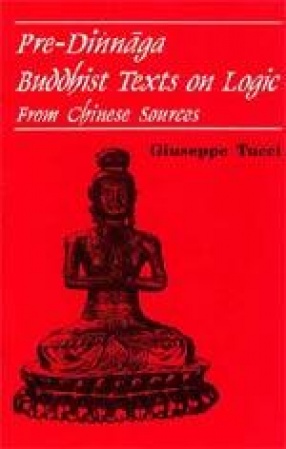
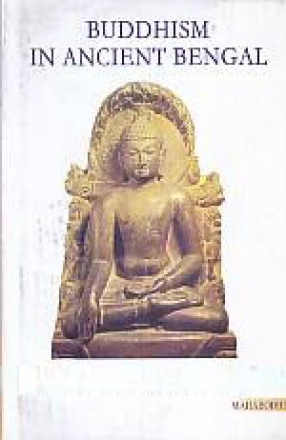
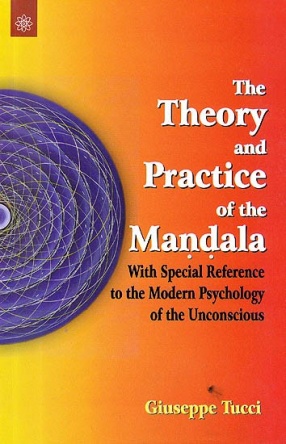
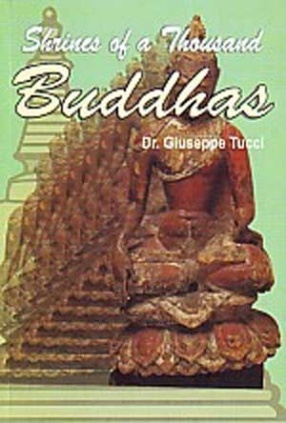
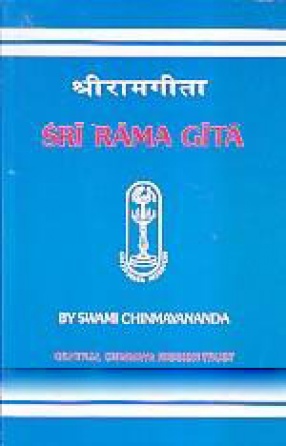


There are no reviews yet.